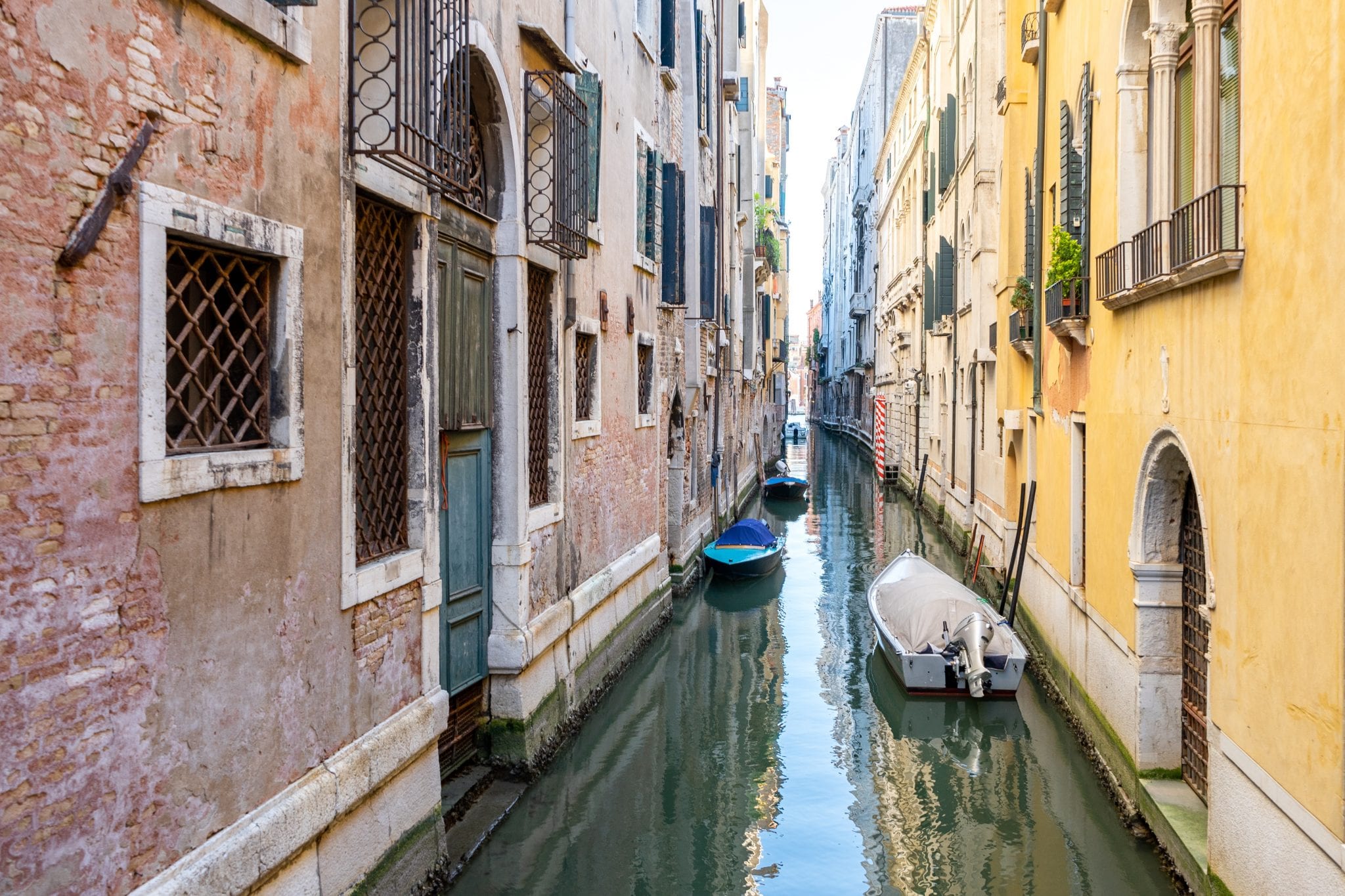The coronavirus pandemic has upended the world as we know it. We can easily recognize how it affects us personally – our health, families, jobs, and relationships every day. In other ways, some subtle and some not, the COVID-19 pandemic has also impacted our environment. The global lockdown was imposed to protect us from each other. Unintentionally, it also protected the environment from us, which has become clear at a surprisingly rapid pace.
But sheltering in our homes is not a practical or long-term solution to reducing our ecological footprint, nor do we wish a devastating pandemic be the ongoing catalyst for global change. What environmental lessons has the COVID-19 pandemic taught us? And can we use any of these lessons moving forward to make lasting change?
Air Quality Improvement from the COVID-19 Lockdown
As countries went into lockdown in response to the pandemic, global transportation and much industrial production halted. In the U.S alone, air travel was reduced by 96%. Global demand for oil and coal drastically declined given the closure of factories. Even cities with historically poor air quality saw major improvements during the lockdown period. New York City, Mumbai, New Delhi, Los Angeles, and Beijing all experienced increased visibility because of less smog.
Driving cars, flying in planes, and burning fuel in factories produce harmful air pollutants such as carbon monoxide (CO) and nitrogen dioxide (NO2), greenhouse gases which trap warm air in earth’s atmosphere and contribute to global warming. The emission of these air pollutants was drastically reduced when transportation and production activities declined under lockdown guidelines.

NASA reported that the emission of NO2 was reduced up to 30% in the United States during the period of March 2020 – May 2020. Scientists at the Royal Belgian Institute for Space Aeronomy in Brussels found that NO2 pollution decreased by an average of 40% over Chinese cities and by 20-38% over Western Europe and the United States during the 2020 lockdown, as compared to the same time in 2019. Global carbon emissions were predicted to increase this year, but according to the Global Carbon Project, they are likely to decrease by around 5 percent – or 2.5 billion tons due to lockdown measures.
Although this is an interesting achievement, we are far from meeting the mark. The United Nations estimated that global greenhouse gas emissions must decrease by 7.6 percent each year beginning in 2020 to avoid the worst effects of climate change. So, while it’s certainly heartwarming to read about current improvements, it’s important not to conflate them with long-term change.
Untouched Habitats Led to Reemergence of Wildlife
The absence of humans from natural habitats such as beaches and rivers has presented the opportunity for wildlife to live briefly undisturbed. Consider sea turtles, all seven species of which are currently classified as endangered. In coastal regions like Florida, the lack of tourists has created spaces for sea turtles to nest with little threat from human activities. In Thailand, researchers documented the highest number of leatherback sea turtle nests in the last 20 years.

Water systems also benefited from reduced boat traffic and lowered rates of fishing during the lockdown. A case study on Vembanad Lake, a severely polluted lake in southern India, reveals dramatic water quality improvements in the period of March 2020 – May 2020. Viral photos of Venetian canals in April show crystal clear waters compared to murky waters just weeks earlier.

Unfortunately, these developments may paint an incomplete picture of environmental change. Sea turtles in Florida and Thailand will again have to compete with beachgoers as public beaches begin to open. According to the Venice Mayor’s office, the canal water improvements are temporary as less boat traffic keeps sediment on the bottom of canals rather than suspended in the water. And Vembanad Lake will likely return to pre-COVID pollution levels as industrial production in India restarts.
Nonetheless, the brief glimpse at environmental improvements offered to us by COVID-19 is a reminder that our environment is resilient when given the chance to heal.
Looking Forward
As lockdown restrictions ease across the globe, experts agree that many of these environmental improvements will revert to pre-COVID-19 levels. The truth is, the last couple of months were not a long-term win for the natural world. If anything, this pandemic has shown the immense scale of the task to repair our environment. But it’s also put on display the power of collective action. When people and communities, and companies and governments work together, change is possible and it can take place at an impressive speed.
As shutdowns end and people return to their “normal” daily activities, we have the opportunity to make lifestyle changes which will not only make our environment healthier but will make ourselves healthier. Reflect on what changes you can continue to implement after your routine begins to normalize. Make a point to change your commuting habit when you return to work by walking or biking if possible. Consider traveling less or plan road trips instead of buying plane tickets. Support telework options where possible. Aim to cook more meals at home to reduce food and plastic waste.
In the midst of crisis, we have seen human and environmental resilience. This difficult time has shown us the power of mutual cooperation in our communities. Let’s continue this trend and cultivate our shared responsibility for the health of our neighbors and the health of our planet.
Image Credits: NO2 heat maps (NASA’s Scientific Visualization Studio); Canal in Venice, Italy (Dimitry Anikin on Unsplash); New born turtle (David Levêque on Unsplash)




